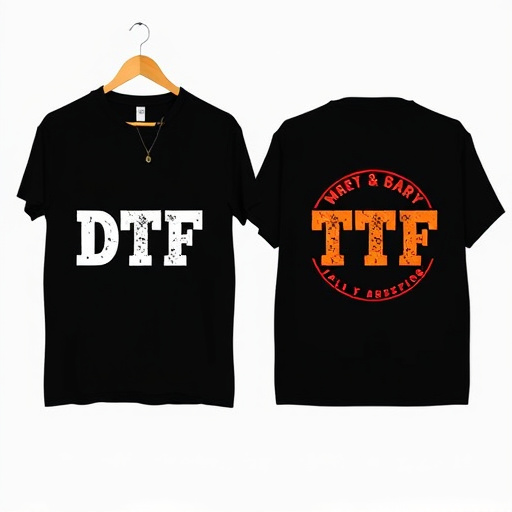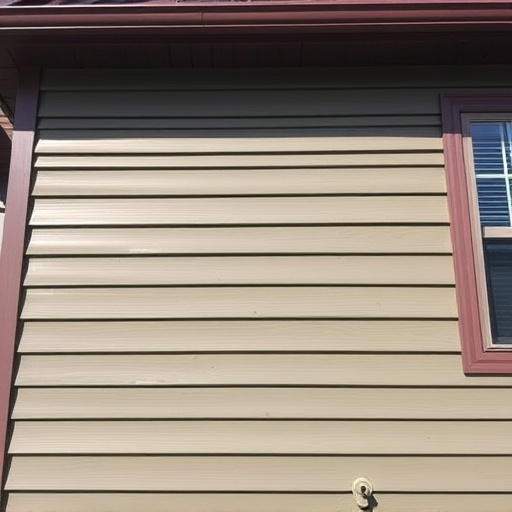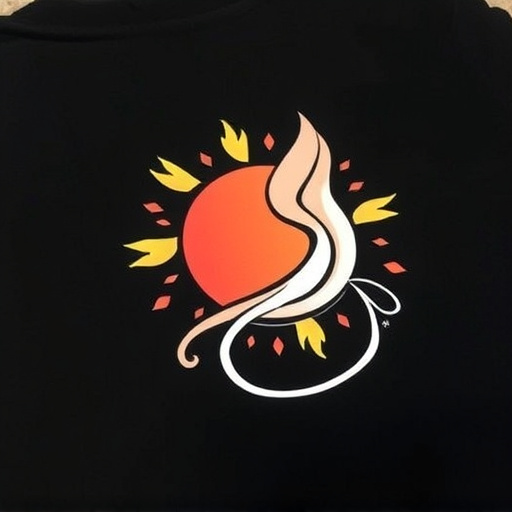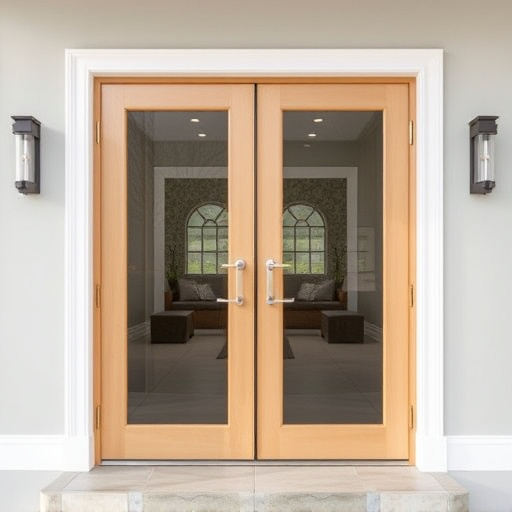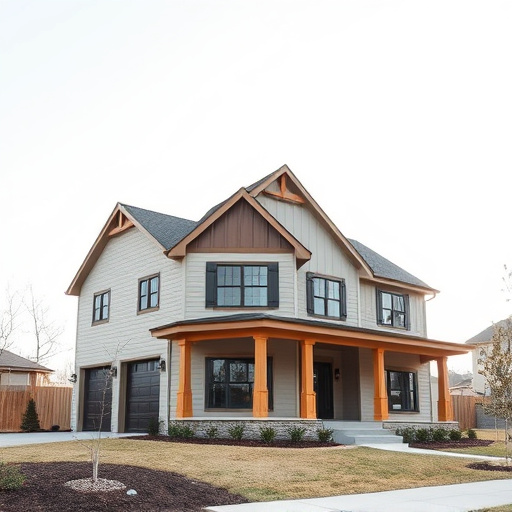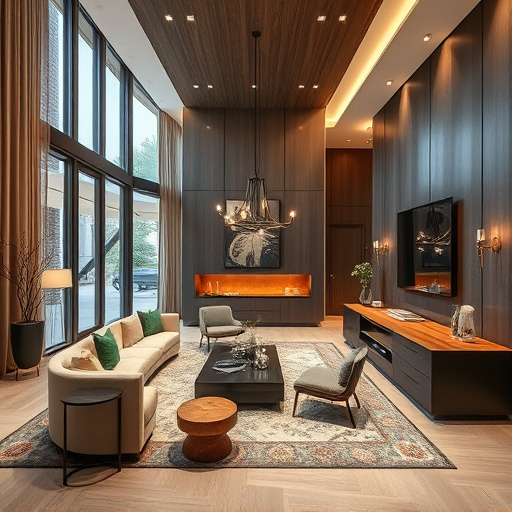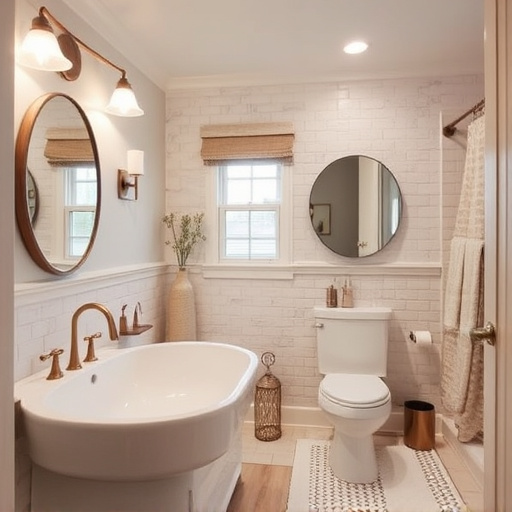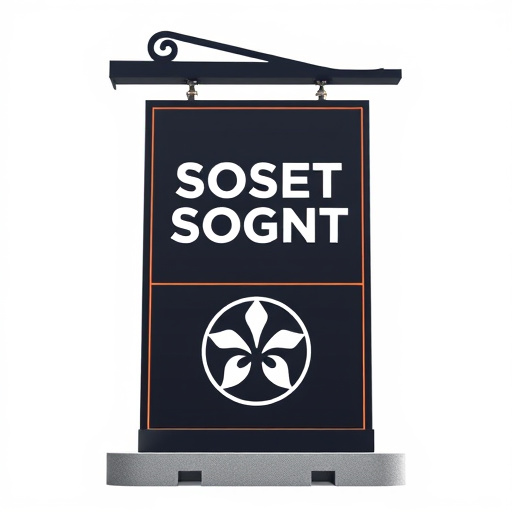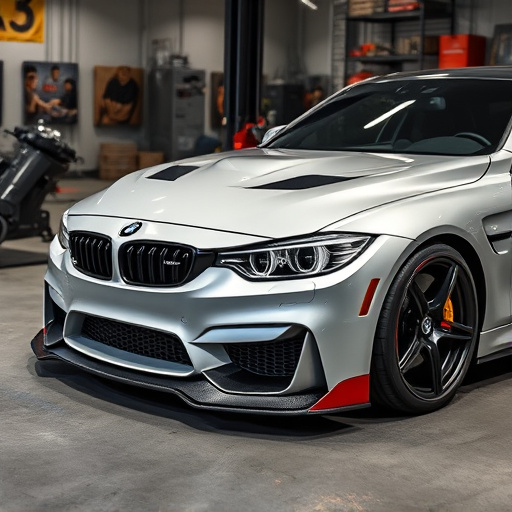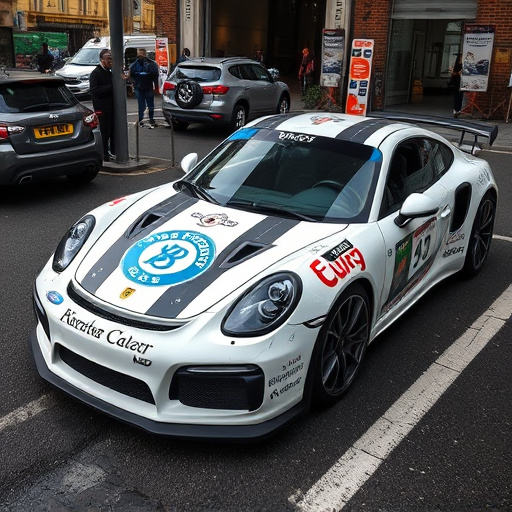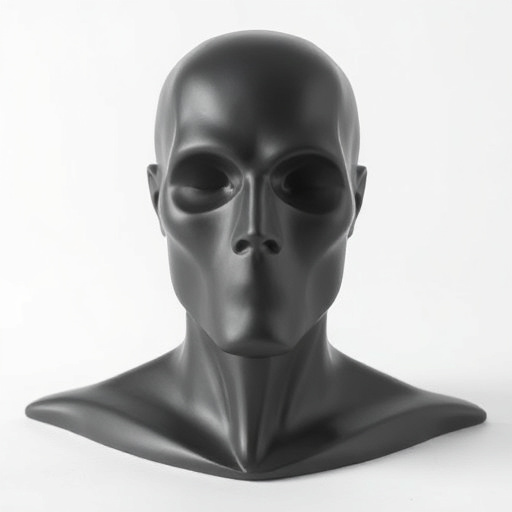Define design aspirations and research professionals offering custom design services for your specific needs. Establish clear scope, communication, and timelines to ensure desired outcomes when engaging custom design services, focusing on alignment with your unique vision.
Before hiring custom design services, ask key questions to ensure a successful partnership. This article guides you through three essential steps: understanding your design needs, researching designers, and defining project scope. By evaluating potential designers based on their expertise, portfolio, and communication style, you’ll make informed decisions. Additionally, establishing clear expectations for project scope and communication will set the stage for a smooth collaboration, delivering a tailored design that meets your goals.
- Understanding Your Design Needs and Goals
- Researching and Evaluating Potential Designers
- Defining Project Scope and Communication Expectations
Understanding Your Design Needs and Goals

Before engaging custom design services, it’s crucial to have a clear understanding of your design needs and goals. This initial step is the bedrock upon which successful collaborations with car customization experts rest. Begin by evaluating what inspires you—whether it’s the sleek lines of a high-performance vehicle or the artistic allure of a custom vehicle wrap. Your vision could range from enhancing aesthetics with vehicle protection solutions to transforming your ride into a mobile advertisement.
Clearly defining these aspirations ensures that the custom design services you choose align with your expectations. This means questioning not just what changes you want but also why. Are you aiming for a unique statement, improved functionality, or a blend of both? Such introspection facilitates effective communication with designers, enabling them to tailor their car customization offerings precisely to your requirements.
Researching and Evaluating Potential Designers

When researching and evaluating potential custom design services, it’s crucial to look beyond aesthetics and consider their expertise in your specific needs. Many designers may boast a stunning portfolio, but their skills might not align with your unique requirements. For instance, if you’re seeking a designer specialized in protective coatings like ceramic coating or window tinting, ensure they have experience in these fields. This is essential for delivering results that meet industry standards and your expectations.
Delve into their past projects, client testimonials, and the types of materials they commonly work with. For services related to enhancing exterior appearances, such as ceramic window tinting or applying protective coatings, verify their understanding of the latest trends, product knowledge, and application techniques. This meticulous evaluation process ensures you partner with a designer who can deliver exceptional quality, tailored solutions, and perhaps even offer innovative ideas that go beyond your initial expectations.
Defining Project Scope and Communication Expectations

Before engaging custom design services, it’s crucial to define your project scope and establish clear communication expectations. This involves detailed discussions about what exactly you’re looking to achieve with these services. For instance, if you’re commissioning designs for an automotive detailing business, communicate your vision regarding aesthetics, functionality, and unique features that set it apart from competitors. Ensure the service provider understands the need for high-quality finishes and UV protection in this context.
Additionally, outline the timeline for the project, milestones for reviews and feedback, and preferred methods of communication. Clear definitions and expectations here serve as a foundation for successful collaboration, ensuring the final product aligns with your goals and desires, whether it’s for automotive detailing or any other specialized service that requires custom design solutions.
Before hiring any custom design services, it’s crucial to have a clear understanding of your project scope, communication expectations, and to thoroughly evaluate potential designers. By first defining your design needs and goals, you set the stage for successful collaboration. Researching their portfolios, client testimonials, and past projects allows you to gauge their expertise and style alignment with yours. This meticulous process ensures that you engage the right designer for your unique requirements, fostering a productive partnership that yields exceptional custom design outcomes.
